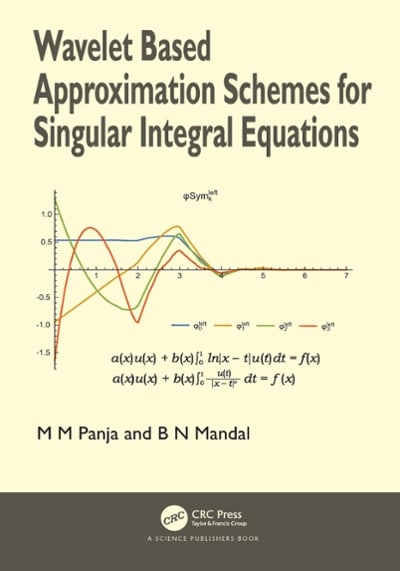Question
Answer all A longevity study is being conducted on n married hobbit couples. Let p be the probability that an individual hobbit lives at least
Answer all
A longevity study is being conducted on n married hobbit couples. Let p be the probability that an individual hobbit lives at least until his or her eleventy-first birthday, and
assume that the lifespans of di?erent hobbits are independent. Let N0, N1, N2 be the
number of couples in which neither hobbit reaches age eleventy-one, one hobbit does
but not the other, and both hobbits reach eleventy-one, respectively.
(a) Find the joint PMF of N0, N1, N2.
(b) Using (a) and the definition of conditional probability, find the conditional PMF of
N2 given this information, up to a normalizing constant (that is, you do not need to
find the normalizing constant in this part, but just to give a simplified expression that
is proportional to the conditional PMF). For simplicity, you can and should ignore multiplicative constants in this part; this includes multiplicative factors that are functions
of h, since h is now being treated as a known constant.
(c) Now obtain the conditional PMF of N2 using a direct counting argument, now
including any needed normalizing constants so that you are providing a valid conditional
PMF.
(d) Discuss intuitively whether or not p should appear in the answer to (c).
(e) What is the conditional expectation of N2, given the above information (simplify
fully)? This can be done without doing any messy sums, and without having done (b)
or (c).
28. There are n stores in a shopping center, labeled from 1 to n. Let Xi be the number
of customers who visit store i in a particular month, and suppose that X1, X2,...,Xn
are i.i.d. with PMF p(x) = P(Xi = x). Let I ? DUnif(1, 2,...,n) be the label of a
randomly chosen store, so XI is the number of customers at a randomly chosen store.
(a) For i 6= j, find P(Xi = Xj ) in terms of a sum involving the PMF p(x).
(b) Find the joint PMF of I and XI . Are they independent?
(c) Does XI , the number of customers for a random store, have the same marginal
distribution as X1, the number of customers for store 1?
(d) Let J ? DUnif(1, 2,...,n) also be the label of a randomly chosen store, with I and
J independent. Find P(XI = XJ ) in terms of a sum involving the PMF p(x). How does
P(XI = XJ ) compare to P(Xi = Xj ) for fixed i, j with i 6= j?
You are playing an exciting game of Battleship. Your opponent secretly positions ships
on a 10 by 10 grid and you try to guess where the ships are. Each of your guesses is a
hit if there is a ship there and a miss otherwise.
The game has just started and your opponent has 3 ships: a battleship (length 4), a
submarine (length 3), and a destroyer (length 2). (Usually there are 5 ships to start, but
to simplify the calculations we are considering 3 here.) You are playing a variation in
which you unleash a salvo, making 5 simultaneous guesses. Assume that your 5 guesses
are a simple random sample drawn from the 100 grid positions.
Find the mean and variance of the number of distinct ships you will hit in your salvo.
(Give exact answers in terms of binomial coefficient)




Step by Step Solution
There are 3 Steps involved in it
Step: 1

Get Instant Access to Expert-Tailored Solutions
See step-by-step solutions with expert insights and AI powered tools for academic success
Step: 2

Step: 3

Ace Your Homework with AI
Get the answers you need in no time with our AI-driven, step-by-step assistance
Get Started


